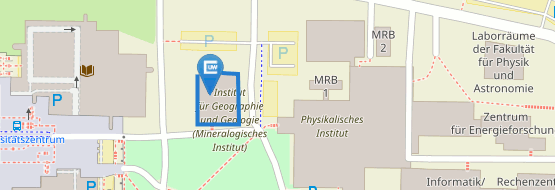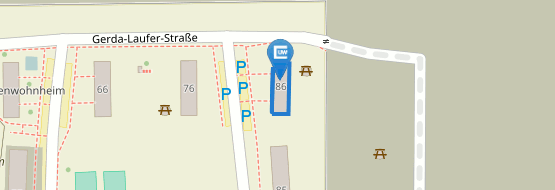What is remote sensing?
Remote sensing is a method to analyse data with regard to the condition of the earth’s surface, which provides valuable and important information. It is therefore a central part of the evolving global data and information network, which already influences the economy, politics, culture and environmental sciences and will gain further influence in the future. Remote sensing as a information technology has a high potential and is evolving dynamically in technical, as well as methodological terms.
Remote sensing data mostly consists of digital pictures captured by active and passive sensors of earth observation satellites or aircrafts. Germany - represented by the German Aerospace centre (DLR) - is participating in national and international satellite missions, which are either already realised or in preparation (e.g. TerraSAR-X, TanDEM-X, EnMap, RapidEye) and therefore emphasises the innovative nature of remote sensing.
Earth observation sensors measure the reflected and inherent radiation of objects on the earth’s surface and in the atmosphere in different electromagnetic wavelengths and at different spatial scales. This allows earth observation to provide information about:
- Detection and distinction between surfaces and objects (what?)
- Description of character and condition (how?)
- Spatial location (where?)
- Detection of temporal variability (when?)
With the named sources of information remote sensing creates information layers for other geosciences, which could not be created with other processes. The growing complexity of earth observation processes increasingly leads to the development of a discipline of its own among the research of geosciences. To transform earth observation data into information layers, methods of digital image processing, geographical information systems (GIS) and environmental models (climate models, biomass models, agricultural yield models) are used. The most important part is thereby the ability of the geographer of networked thinking and processing of complex, interdisciplinary scientific problems by using modern methods of digital information processing. In practice, to understand for example a spatial planning question or complex environmental processes like changing ecosystems (land use change, water and air pollution, loss of biodiversity), important information and data needs to be collected and compiled first.
Main research topics
The department of remote sensing, which is as endowment chair strongly interconnected with the German Aerospace Centre (DLR), is mainly focusing its research questions on the following topics:
- Biodiversity and Land Use
- Global Chance and Resource Management
- Urban Areas
- Emergency Information Systems
The named main research topics are reflected by the offered lectures and are discussed in the offered seminars und method-based courses in depth. Students of geography obtain the possibility to get to know several fields of application of earth observation. Furthermore, they can apply the theoretical knowledge from other fields of the physical (climate, geomorphology, landscape development) and human geography (urban, transport, economic, spatial planning) in conjunction with earth observation techniques to achieve results. Further information about the main research topics can be found on the websites of the different projects at the chair of remote sensing.



